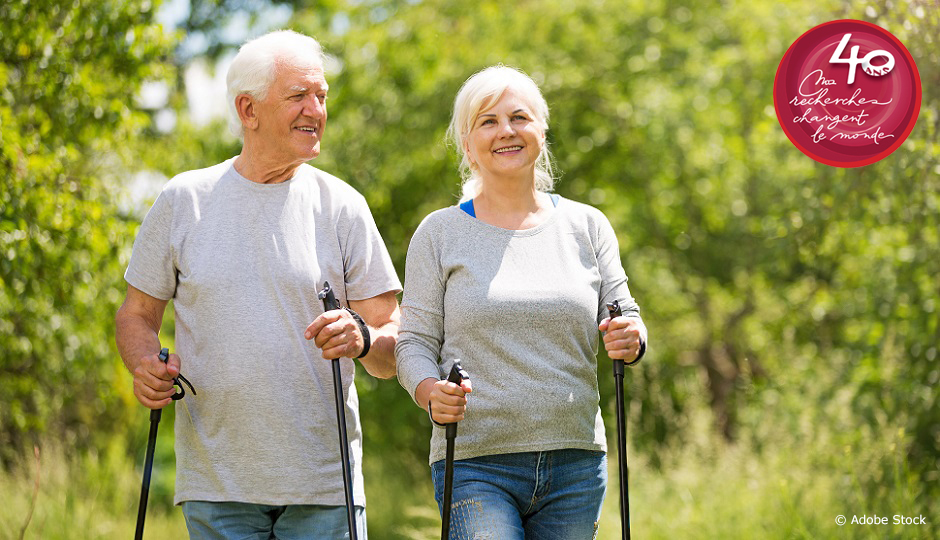
Determinants of seniors’ health include social participation, i.e. the involvement of the individual in activities that lead to interaction with others in the community.
This study helps to plan environments that will promote healthy aging for older Quebecers.
In order to improve social participation among the elderly, it is important to create age-friendly environments, for example by facilitating active transportation and making it possible to use nearby businesses. The purpose of this study was to document the environmental characteristics associated with the social participation of aging Quebecers and to develop a Social Participation Potential Index (SPPI). Presented in the form of an interactive atlas, the SPPI characterizes the user-friendliness of Québec’s neighbourhoods and municipalities with regard to social participation.
The results show that seniors living in urban areas have the most frequent social participation, followed by those living in suburban areas, and then those in rural areas. They also reveal that the environmental characteristics most strongly associated with social participation are not the same from one environment to another. These characteristics include mixed land use, the proportion of the population aged 65 and over, the level of social deprivation and the number of traffic lights and kilometres of walking trails.
Finally, inequalities in the potential for regional participation offered by Québec’s neighbourhoods and municipalities are identified by the SPPI, i.e. these territories are not equally conducive to senior participation. The SPPI helps to better identify neighbourhoods and municipalities that are less favorable to social participation and to plan environments that will promote healthy aging for older Quebecers.
Main resercher
Mélanie Levasseur, CIUSSS de l’Estrie – CHUS
Deposit of the research report: December 2017
